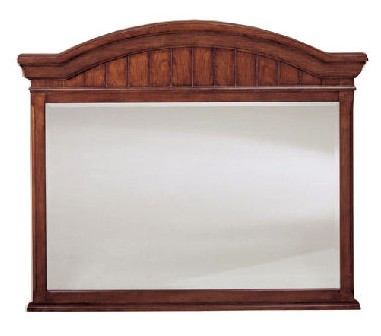I will try hard to be positive and productive with this blog. I promise.
Okay, the long awaited Race to the Top final guidelines have been released. At the bottom of this entry I will provide a set of the links to the Executive Summary, full guidelines, press release, etc.
First, let’s address the question: what about arts education?
The short answer is that the news is not good. Arts education is an outlier in RttT.
It is possible to fit it in between the lines here and there, but an opening for something larger is pretty hard to discern on any practical level. Will some of the state applications include aspects related to arts education? Yes. How significant will they be? Most likely what we will see in arts education and RttT will be relatively minor.
The way it stands, well, a state department of education (the applicant) would have to go out on a limb for arts education as a literal reading of the guidelines do not support any major efforts in this regard.
Interestingly, in her Artsjournal.com blog today, Judith Dobrzynski/Real Clear Arts asks “what happened to the Education Campaign Pledge?”
Specifically she asks: “One speech does not a policy make, but some people are wondering
about President Obama’s commitment to arts education after hearing
his speech on education last week.”
The long answer is that the administration is in a sort of dilemma. What appeared in the education platform leading up to the primary, in terms of arts education, disappeared in the general election when the campaign released what was its last and final education agenda prior to the general election.
So, what we have is a case of an administration that is supportive of arts education but cannot find a way to fit it into major education policies. Another case in point with another administration: Remember NCLB, where arts became a core subject. And…and…and?
Without question, President Obama, First Lady Michelle Obama, and Education Secretary Arne Duncan have spoken more about the importance of arts education than we have ever witnessed from any White House whatsoever including that of Clinton.
That being said, they may not know what to do about it beyond using the bully pulpit.
Judy is correct to ask the question. I would refine the context quite a bit by stating that the question should be based not upon the content of Obama’s November 4th speech in Wisconsin, but instead upon the writing that appeared on the wall a long time ago.
I ran into a friend very shortly after Arne Duncan held a brief phone conference with the arts education field and issued a open letter to school superintendents and other education officials advising them on the importance of arts education and the ways in which Title One funds could be used to support it.
She said to me, with a big smile and a bounce in her step: “isn’t this great; don’t you think?”
My reply: “talk is cheap.” Seriously, that’s what I said. (It was early in the morning…)
Am I taking aim at the administration on this? Well, yes and no. I believe that the focus on STEM subjects in RttT is a great example of how an opening for arts education could have been created in the guidelines. It was the prime moment to make good on the rhetoric.
Perhaps this is the fault of
the arts education field? As I was looking over the final guidelines this morning, I
wrote on the back of the document: does RttT define an agenda?
What I mean by this is: what is missing from RttT and what are the implications for future actions?
At the same time, as I mentioned above, this helps to clarify the challenge to us: arts education is an outlier in education, plain and simple. So, while speeches from the administration about the importance of the arts are indeed important, they only go so far. We’re not going to see more I believe, without us as a field helping to show the way. A tall order. I know. And, I don’t think it’s as simple as Quincy Jones convening a group of people to make demands.
So, I finish for the moment with this question: while Duncan’s letter to school leaders is important, as I wrote about it at the time, well, what is someone to do: brandish the letter and show it to a principal or superintendent who decides to cut the arts?
A Summary of Changes Made to the Final Guidelines




